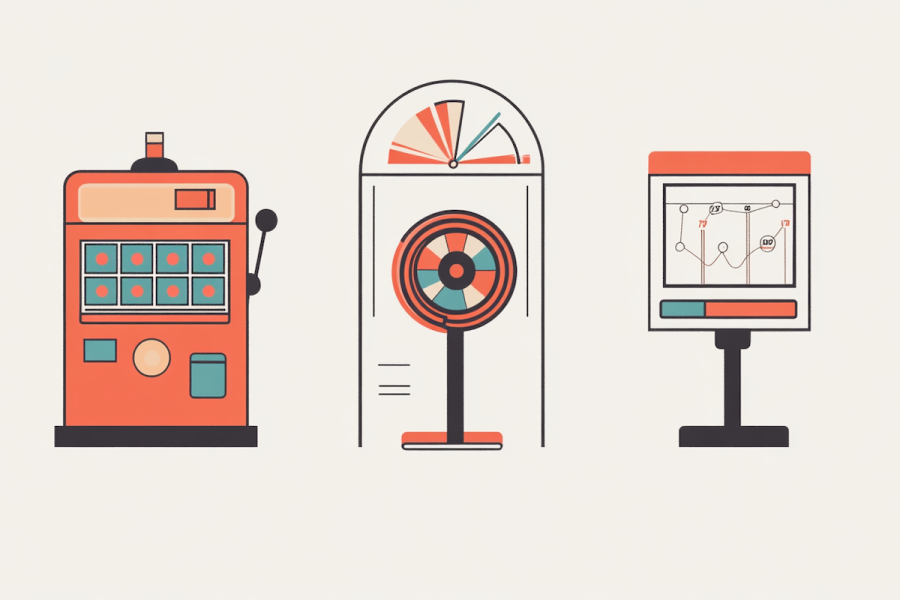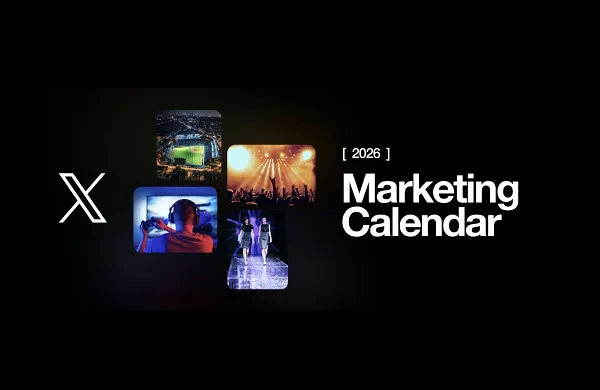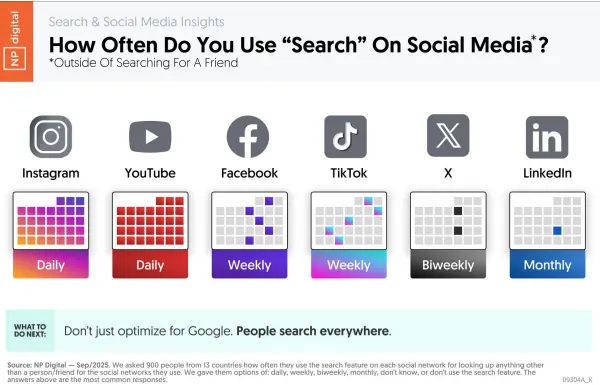Use Google’s Flow TV If You Actually Want to Watch an Endless Stream of AI Videos
Sit back and let the AI experience wash over you (if that's your thing).

There's a lot to watch on Flow TV. Credit: Lifehacker
Even if you don't want to dive in and create AI videos using the latest Veo 3 model released by Google, you can sit back and marvel at (or be petrified by) the work of others: Flow TV is a new lean-back experience that lets you click through a seemingly endless carousel of AI-generated clips.
Unlike the Flow video creator that is needed to create these videos, you don't need to pay Google a subscription fee to use Flow TV, and you don't even need to be signed into a Google account. It's a showcase for the best AI clips produced by Veo, though for now, it's limited to the older Veo 2 model rather than Veo 3.
Google hasn't said much about the creators behind the videos in Flow TV, but it is described as an "ever-growing showcase" of videos, so presumably there are new clips being added regularly behind the scenes—and eventually we might see Veo 3 clips mixed in, the kind of clips that have already been fooling people online.
Ready to take a break from content made by flesh and blood humans and see what AI is currently cooking up? Point your browser towards the Flow TV channel list.
Channel hopping

Flow TV gives you multiple channels to choose from. Credit: Lifehacker
The channel list gives you some idea of what's available on Flow TV: We've got channels like Window Seat (views from train carriages), Unnatural (nature with an AI twist), and Zoo Break (animal adventures). Some of these play to the strengths of AI video, including It's All Yarn (self-explanatory) and Dream Factory (general weirdness).
And do expect to be freaked out pretty regularly, by the way: Flow TV is not ideal if you're easily unsettled or unnerved, because these clips move quickly, and feature content that goes way beyond the norm. I didn't come across anything really shocking or disturbing, but this is AI—and Flow TV doesn't particularly focus on realism.
There's also a Shuffle All option in addition to the individual channels, and whichever route you pick through the clips, there's a lot to watch—I wasn't able to get to the end of it all. You can also switch to the Short Films tab at the top of the channel list to see three longer pieces of work made by acknowledged creators.
Whichever route you take through this content, you get playback controls underneath the current clip: Controls for pausing playback, jumping forwards and backwards between clips, looping videos, and switching to full screen mode. What you can't do, however, is skip forwards or backwards through a clip, YouTube-style.
To the right of the control panel you can switch between seeing one video at a time, and seeing a whole grid of options, and further to the right you've got a channel switcher. Click the TV icon to the left of the control panel to see all the available channels again, and the Flow TV button in the top-left corner to jump to something random. There's also a search box up at the top to help you look for something specific.
What do you think so far?
Prompt engineering

Expect the unexpected from AI video. Credit: Lifehacker
While you're watching the videos, you'll see a Show Prompt toggle switch underneath each clip. Turn this switch on to see the prompt used to make the video you're watching, together with the AI model deployed (which is always Veo 2, at least for now). It's an interesting look behind the scenes at how each clip was made.
Here's an example one: "First person view. Follow me into through this secret door into my magic world. Documentary. Soft natural light. 90s." As you can see, Veo just lets you throw in whatever ideas or camera directions or style guidelines come to mind, without worrying too much about formal structure (or grammar).
Revealing the prompts lets you see what the AI got right and what it didn't, and how the models interpret different instructions. Of course, it always makes the most generic picks from prompts, based on whatever dominates its training data: Generic swans, generic buses, generic cars, generic people, generic camera angles and movements. If you need something out of the ordinary from AI video, you need to ask for it specifically.
Look closer, and the usual telltale signs of AI generation are here, from the way most clips use a similar pacing, scene length, and shot construction, to the weird physics that are constantly confusing (and are sometimes deliberately used for effect). AI video is getting better fast, but it's a much more difficult challenge than text or images represent.
For now, Flow TV is a diverting demo gallery of where AI video is at: what it does well and where it still falls short. On this occasion, I'll leave aside the issues of how much energy was used to generate all of these clips, or what kinds of videos the Veo models might have been trained on, but it might be worth bookmarking the Flow TV channel directory if you want to stay up to speed with the state of AI filmmaking.

 Astrong
Astrong 






























